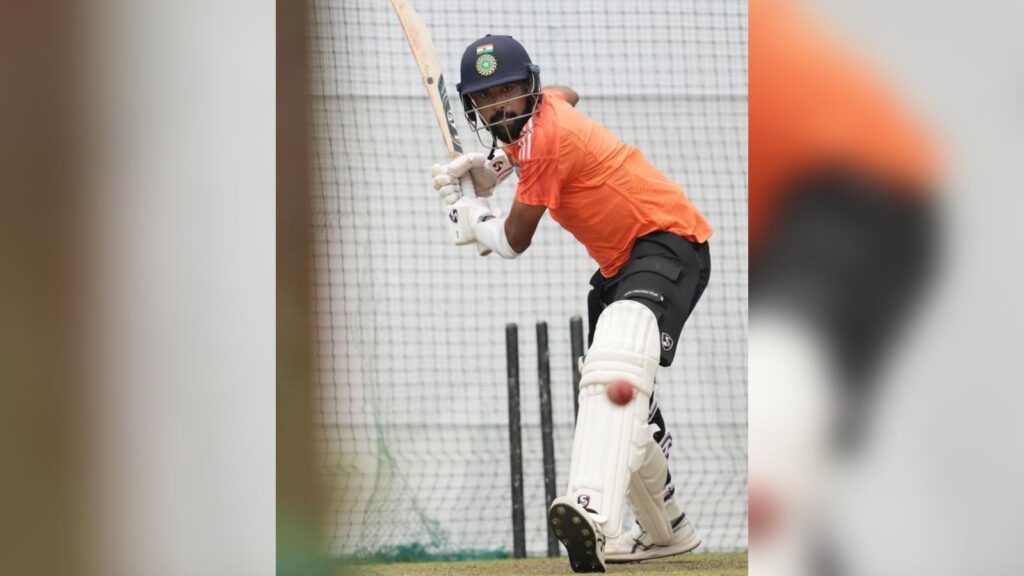
Many moons ago, a callow Chetan Sharma on his first tour of Pakistan, was intercepted by his captain, Sunil Gavaskar, at the dressing room entrance after he got out playing a poor shot. Not that it impacted the game much, but Gavaskar was livid. “Young man,” said the great man in a hushed tone. “If you repeat this, rest assured you would never play for India again.”
Sharma was a tail-ender and his primary remit was to share the new ball with Kapil Dev. But Gavaskar reminded him in no uncertain terms that when he was going out to bat, he needed to put a price tag on his wicket. In Test cricket, no quarter is given and none is asked for.
Sharma learned a valuable lesson very early in his career. It would stand him in good stead going ahead — even an ODI hundred against England.
Going back to the past was necessary to talk about the present and the future, especially in the aftermath of the Headingley harakiri. India lost an unlosable Test because two eventually proved to be greater than five. The tourists had five individual hundreds in the first Test. England had two. And yet, the hosts won the game convincingly in the end because contributions around Ollie Pope and Ben Duckett, the two centurions, far outweighed the support the Indian top-order had from the lower middle-order and the tail.
In the first innings, India collapsed from 430/3 to 471 all out. In the second dig, they lost their last six wickets for 31 runs. Compare this with England — a couple of half-centuries, including Harry Brook’s 99, besides Pope’s hundred in the first innings. And almost every player chipped in with decent contributions. Jamie Smith at No. 7 scored 40. Chris Woakes at No. 8 made 38. Brydon Carse (22) and Josh Tongue (11), too, reached double-figures. In the second innings, Joe Root stayed until the end, scoring an unbeaten half-century. Ben Stokes scored 33, putting on a valuable 49-run partnership with Root for the fifth wicket. Smith made an excellent 44 not out under pressure.
India, on the other hand, had six single-digit scores in their first innings and as many in their second. The tail didn’t have the stomach for a fight and chose to be airy-fairy. Prasidh Krishna’s dismissal in the second innings was a case in point. Ravindra Jadeja was farming the strike at the other end and Prasidh had to survive only the last ball of a Shoaib Bashir over, when stump mic caught Brook telling him to go for a six. The Indian obliged, perishing to a skier in the process.
“I think sometimes we pay too much importance to saying we need to bowl out teams far quicker, and I am not saying we shouldn’t. But batsmen don’t get out anymore. Lower-order batters do put a price on their wickets,” Ravichandran Ashwin told reporters after India had failed to run through New Zealand’s tail in a Test in Wellington in 2020.
The former India off-spinner was partially correct. Tail-enders from other top teams no longer throw their wickets away. India’s lower-order batting, meanwhile, has regressed. For example, over the past 18-odd months, Josh Hazelwood, Australia’s No. 11, has had a batting average of 11.33. Mohammed Siraj’s average during the same period is 5.00.
Shubman Gill, the new captain, and more so, Gautam Gambhir, the head coach with a football-style managerial authority, need to crack the whip.



